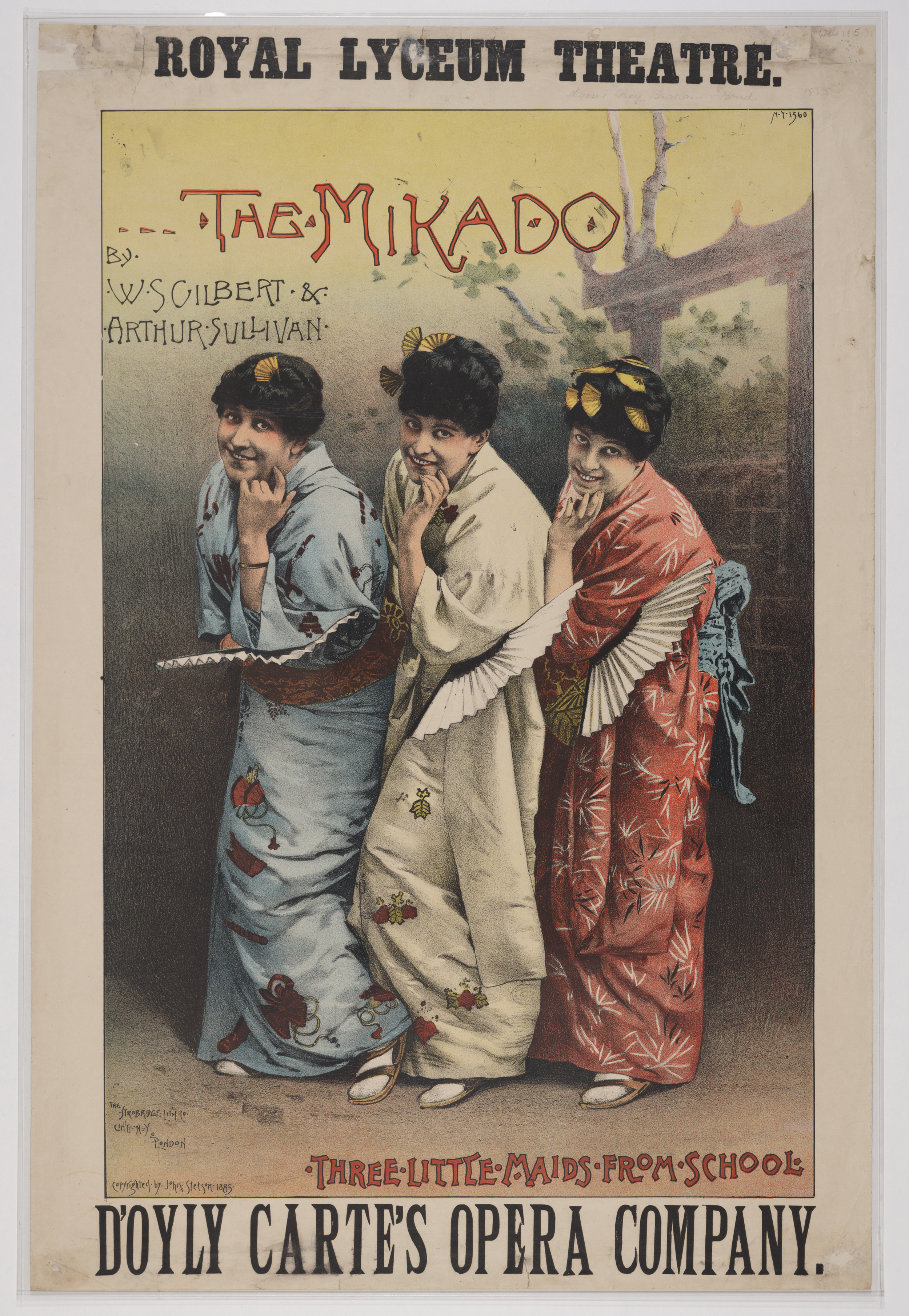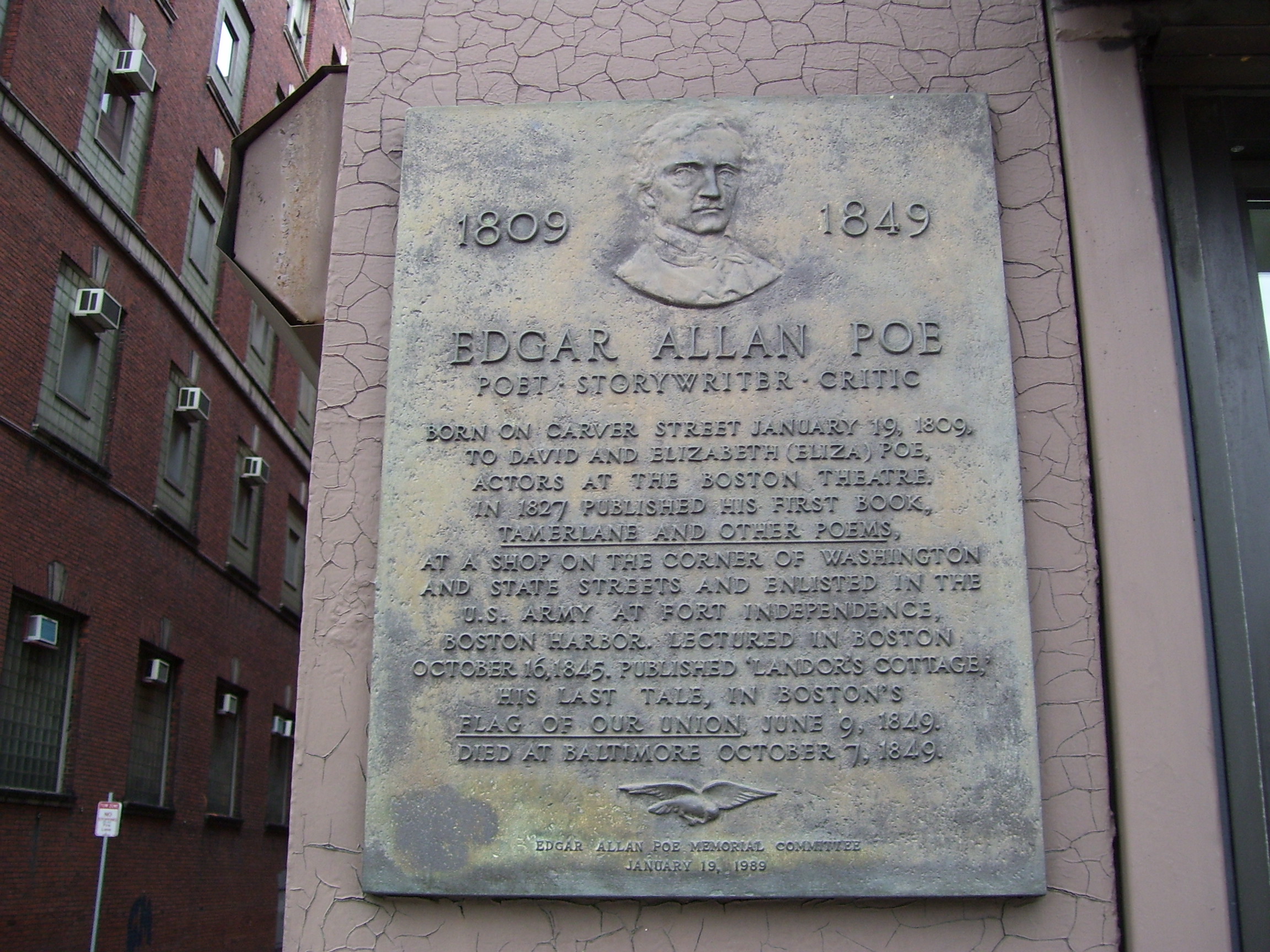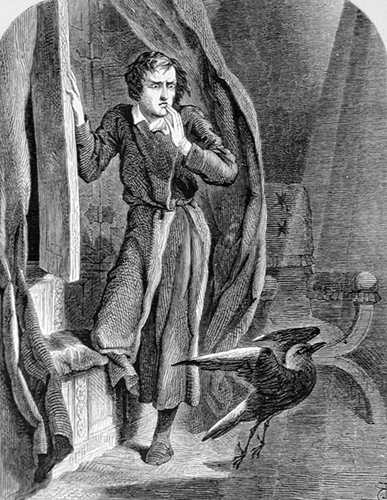|
Literary Consonance
Consonance is a stylistic literary device identified by the repetition of identical or similar consonants in neighboring words whose vowel sounds are different (e.g. coming home, hot foot). Consonance may be regarded as the counterpart to the vowel-sound repetition known as assonance. Alliteration is a special case of consonance where the repeated consonant sound is at the stressed syllable, as in "few flocked to the fight" or "around the rugged rock the ragged rascal ran". Alliteration is usually distinguished from other types of consonance in poetic analysis, and has different uses and effects. Another special case of consonance is sibilance, the use of several |
Consonant
In articulatory phonetics, a consonant is a speech sound that is articulated with complete or partial closure of the vocal tract. Examples are and pronounced with the lips; and pronounced with the front of the tongue; and pronounced with the back of the tongue; , pronounced in the throat; , and , pronounced by forcing air through a narrow channel (fricatives); and and , which have air flowing through the nose ( nasals). Contrasting with consonants are vowels. Since the number of speech sounds in the world's languages is much greater than the number of letters in any one alphabet, linguists have devised systems such as the International Phonetic Alphabet (IPA) to assign a unique and unambiguous symbol to each attested consonant. The English alphabet has fewer consonant letters than the English language has consonant sounds, so digraphs like , , , and are used to extend the alphabet, though some letters and digraphs represent more than one consonant. For example, th ... [...More Info...] [...Related Items...] OR: [Wikipedia] [Google] [Baidu] |
Vowel
A vowel is a syllabic speech sound pronounced without any stricture in the vocal tract. Vowels are one of the two principal classes of speech sounds, the other being the consonant. Vowels vary in quality, in loudness and also in quantity (length). They are usually voiced and are closely involved in prosodic variation such as tone, intonation and stress. The word ''vowel'' comes from the Latin word , meaning "vocal" (i.e. relating to the voice). In English, the word ''vowel'' is commonly used to refer both to vowel sounds and to the written symbols that represent them (a, e, i, o, u, and sometimes y). Definition There are two complementary definitions of vowel, one phonetic and the other phonological. *In the phonetic definition, a vowel is a sound, such as the English "ah" or "oh" , produced with an open vocal tract; it is median (the air escapes along the middle of the tongue), oral (at least some of the airflow must escape through the mouth), frictionless and continuant ... [...More Info...] [...Related Items...] OR: [Wikipedia] [Google] [Baidu] |
Assonance
Assonance is a resemblance in the sounds of words/syllables either between their vowels (e.g., ''meat, bean'') or between their consonants (e.g., ''keep, cape''). However, assonance between consonants is generally called ''consonance'' in American usage. The two types are often combined, as between the words ''six'' and ''switch'', in which the vowels are identical, and the consonants are similar but not completely identical. If there is repetition of the same vowel or some similar vowels in literary work, especially in stressed syllables, this may be termed "vowel harmony" in poetry (though linguists have a different definition of "vowel harmony"). A special case of assonance is rhyme, in which the endings of words (generally beginning with the vowel sound of the last stressed syllable) are identical—as in ''fog'' and ''log'' or ''history'' and ''mystery''. Vocalic assonance is an important element in verse. Assonance occurs more often in verse than in prose; it is used in Eng ... [...More Info...] [...Related Items...] OR: [Wikipedia] [Google] [Baidu] |
Alliteration
Alliteration is the conspicuous repetition of initial consonant sounds of nearby words in a phrase, often used as a literary device. A familiar example is "Peter Piper picked a peck of pickled peppers". Alliteration is used poetically in various languages around the world, including Arabic, Irish, German, Mongolian, Hungarian, American Sign Language, Somali, Finnish, Icelandic. Historical use The word ''alliteration'' comes from the Latin word ''littera'', meaning "letter of the alphabet". It was first coined in a Latin dialogue by the Italian humanist Giovanni Pontano in the 15th century. Alliteration is used in the alliterative verse of Old English, Old Norse, Old High German, Old Saxon, and Old Irish. It was an important ingredient of the Sanskrit shlokas. Alliteration was used in Old English given names. This is evidenced by the unbroken series of 9th century kings of Wessex named Æthelwulf, Æthelbald, Æthelberht, and Æthelred. These were followed in the 10th ... [...More Info...] [...Related Items...] OR: [Wikipedia] [Google] [Baidu] |
Sibilant Sound
Sibilants are fricative consonants of higher amplitude and pitch, made by directing a stream of air with the tongue towards the teeth. Examples of sibilants are the consonants at the beginning of the English words ''sip'', ''zip'', ''ship'', and ''genre''. The symbols in the International Phonetic Alphabet used to denote the sibilant sounds in these words are, respectively, . Sibilants have a characteristically intense sound, which accounts for their paralinguistic use in getting one's attention (e.g. calling someone using "psst!" or quieting someone using "shhhh!"). In the hissing sibilants and , the back of the tongue forms a narrow channel (is '' grooved'') to focus the stream of air more intensely, resulting in a high pitch. With the hushing sibilants (occasionally termed ''shibilants''), such as English , , , and , the tongue is flatter, and the resulting pitch lower. A broader category is stridents, which include more fricatives than sibilants such as uvulars. Becau ... [...More Info...] [...Related Items...] OR: [Wikipedia] [Google] [Baidu] |
Edgar Allan Poe
Edgar Allan Poe (; Edgar Poe; January 19, 1809 – October 7, 1849) was an American writer, poet, editor, and literary critic. Poe is best known for his poetry and short stories, particularly his tales of mystery and the macabre. He is widely regarded as a central figure of Romanticism in the United States, and of American literature. Poe was one of the country's earliest practitioners of the short story, and considered to be the inventor of the detective fiction genre, as well as a significant contributor to the emerging genre of science fiction. Poe is the first well-known American writer to earn a living through writing alone, resulting in a financially difficult life and career. Poe was born in Boston, the second child of actors David and Elizabeth "Eliza" Poe. His father abandoned the family in 1810, and when his mother died the following year, Poe was taken in by John and Frances Allan of Richmond, Virginia. They never formally adopted him, but he was with them well ... [...More Info...] [...Related Items...] OR: [Wikipedia] [Google] [Baidu] |
The Raven
"The Raven" is a narrative poem by American writer Edgar Allan Poe. First published in January 1845, the poem is often noted for its musicality, stylized language, and supernatural atmosphere. It tells of a distraught lover who is paid a mysterious visit by a talking raven. The lover, often identified as a student,Meyers, 163Silverman, 239 is lamenting the loss of his love, Lenore. Sitting on a bust of Pallas, the raven seems to further antagonize the protagonist with its constant repetition of the word "Nevermore". The poem makes use of folk, mythological, religious, and classical references. Poe claimed to have written the poem logically and methodically, with the intention to create a poem that would appeal to both critical and popular tastes, as he explained in his 1846 follow-up essay, "The Philosophy of Composition". The poem was inspired in part by a talking raven in the novel '' Barnaby Rudge: A Tale of the Riots of Eighty'' by Charles Dickens.Kopley & Hayes, 192 Poe ... [...More Info...] [...Related Items...] OR: [Wikipedia] [Google] [Baidu] |
Half Rhyme
Perfect rhyme—also called full rhyme, exact rhyme, or true rhyme—is a form of rhyme between two words or phrases, satisfying the following conditions: *The stressed vowel sound in both words must be identical, as well as any subsequent sounds. For example, the words "trouble" and "bubble" (from Shakespeare's Macbeth) form a perfect rhyme. *The onset of the stressed syllable in the words must differ. For example, "bean" and "green" is a perfect rhyme, while "leave" and "believe" is not. Word pairs that satisfy the first condition but not the second (such as the aforementioned "leave" and "believe") are technically identities (also known as identical rhymes or identicals). Homophones, being words of different meaning but identical pronunciation, are an example of identical rhyme. Imperfect rhyme Half rhyme or imperfect rhyme, sometimes called near-rhyme, lazy rhyme, or slant rhyme, is a type of rhyme formed by words with similar but not identical sounds. In most insta ... [...More Info...] [...Related Items...] OR: [Wikipedia] [Google] [Baidu] |
Fugees
Fugees (; sometimes The Fugees) is an American hip hop group formed in the early 1990s. Deriving its name from a shortening of the word "refugees", the group consists of Wyclef Jean, Pras Michel, and Lauryn Hill. The group rose to fame with its second album, '' The Score'' (1996), one of the best-selling albums of all time. The group is often cited as being one of the most significant alternative hip hop groups of the 1990s. In 1993, the trio signed to Ruffhouse, distributed through Columbia Records. The following year the group released its debut album, ''Blunted on Reality'' (1994); the album received mostly favorable reviews, and included the underground Salaam Remi-remixed hits "Nappy Heads" and " Vocab". They followed it up with their second and final studio album, '' The Score'' (1996), which was a commercial success, peaking at number one on the US ''Billboard 200'' chart and being certified seven times platinum in the United States. It received universal acclaim, and i ... [...More Info...] [...Related Items...] OR: [Wikipedia] [Google] [Baidu] |
Internal Rhyme
In poetry, internal rhyme, or middle rhyme, is rhyme that occurs within a single line of verse, or between internal phrases across multiple lines. By contrast, rhyme between line endings is known as end rhyme. Internal rhyme schemes can be denoted with spaces or commas between lines. For example, denotes a three-line poem with the same internal rhyme on each line, and the same end rhyme on each line (which does not rhyme with the internal rhyme). Examples The following example is in limerick form. Each stressed syllable rhymes with another stressed syllable using one of three rhyme sets. Each rhyme set is indicated by a different highlight color. Note that the yellow rhyme set provides internal rhyme in lines 1, 2, and 5, and end rhymes in lines 3 and 4, whereas the blue set is entirely internal and the pink is exclusively end rhymes. Each time alie for a She well that her are the Of the , and it , But this will ex More than , so some gape and . Percy Dearmer (1867� ... [...More Info...] [...Related Items...] OR: [Wikipedia] [Google] [Baidu] |
Assonance
Assonance is a resemblance in the sounds of words/syllables either between their vowels (e.g., ''meat, bean'') or between their consonants (e.g., ''keep, cape''). However, assonance between consonants is generally called ''consonance'' in American usage. The two types are often combined, as between the words ''six'' and ''switch'', in which the vowels are identical, and the consonants are similar but not completely identical. If there is repetition of the same vowel or some similar vowels in literary work, especially in stressed syllables, this may be termed "vowel harmony" in poetry (though linguists have a different definition of "vowel harmony"). A special case of assonance is rhyme, in which the endings of words (generally beginning with the vowel sound of the last stressed syllable) are identical—as in ''fog'' and ''log'' or ''history'' and ''mystery''. Vocalic assonance is an important element in verse. Assonance occurs more often in verse than in prose; it is used in Eng ... [...More Info...] [...Related Items...] OR: [Wikipedia] [Google] [Baidu] |



